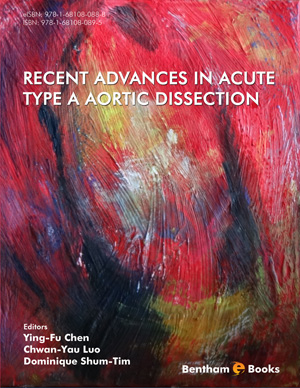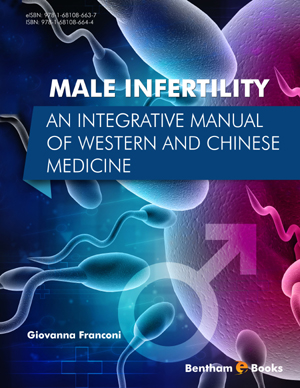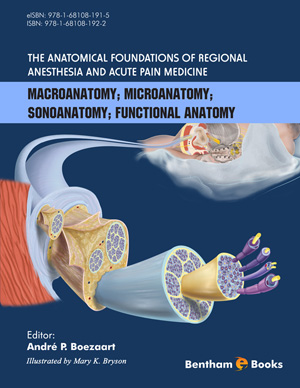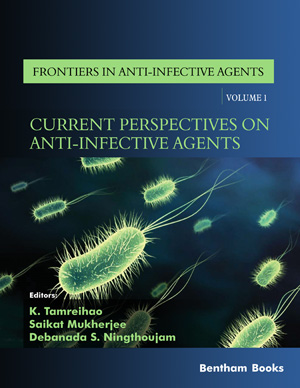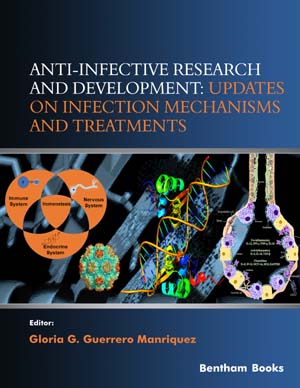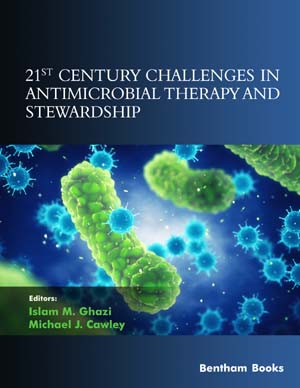Abstract
Acute type A aortic dissection (TAAAD) in the octogenarian is clinically complex because the risk-benefit ratio for surgical intervention is debatable. This is reflected by the equal incidence of medical and surgical management between the 8th and 9th decades of life. The goals of therapy must be individualized, and they often lean towards the maintenance quality of life. Poor postoperative outcomes may be mitigated by improving patient selection and recognizing the predictors of poor outcome. These include shock, previous aortic valve replacement, migrating chest pain, pulse deficits, and evidence of myocardial ischemia. In addition, small series have explored less invasive surgical techniques successfully used for TAAAD in the elderly. These techniques can be considered in high-risk elderly patients scheduled for surgery.
Keywords: Acute type A aortic dissection, Octogenarian, Septuagenarian, Cardiac surgery, Less invasive quick repair, Replacement, Medical management, Mortality, Quality of life, International Registry of Aortic Dissection, Elderly, Thoracic aorta, Acute aortic dissection, Type A dissection, Epidemiology, Surgical technique, High-risk surgery, GRF glue, Cardiopulmonary bypass, Complication rates, Emergency surgery.


